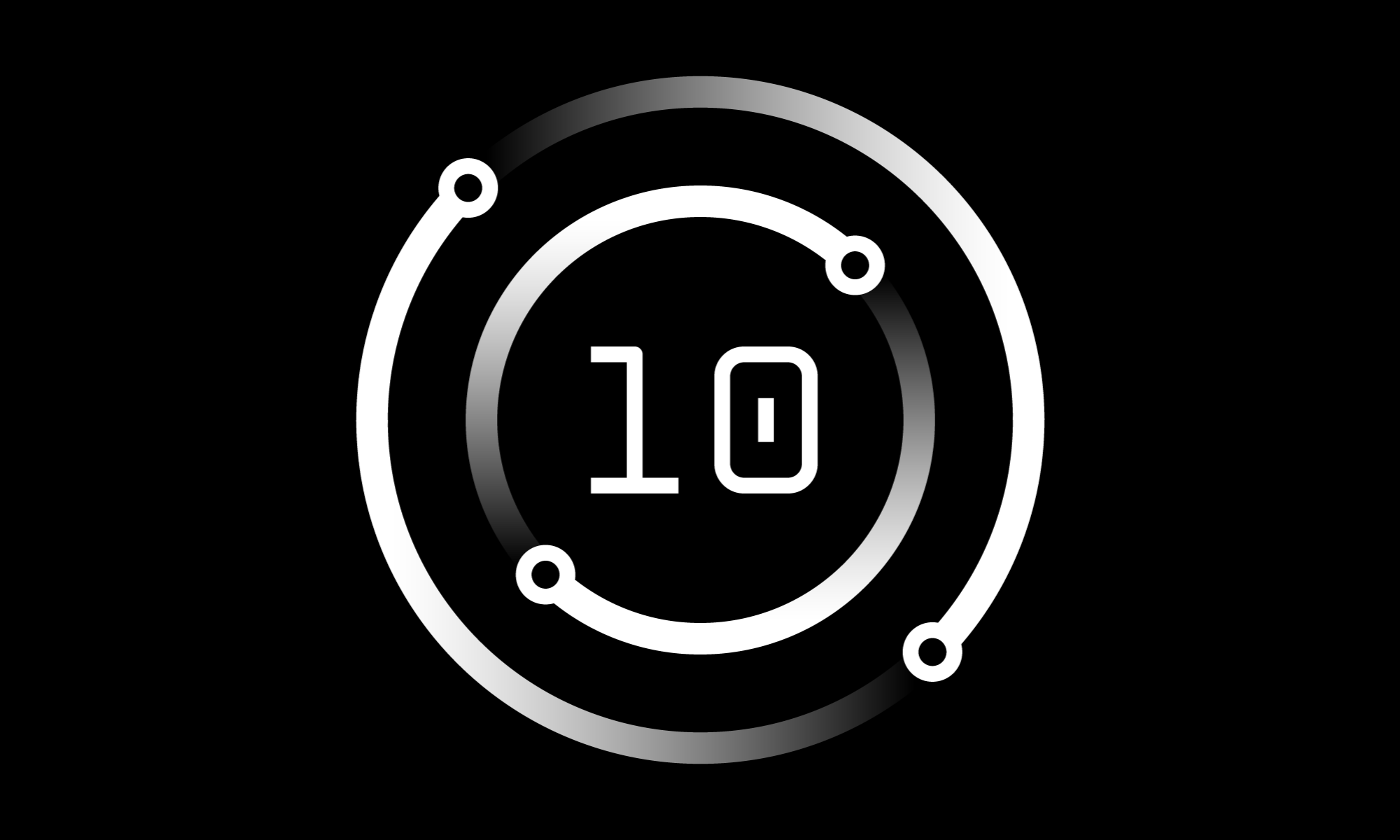If your IBM i/AS400 system needs modernized, look no further – Programmers.io has the world’s largest IBM i/AS400 team scouted from the top 0.5% of talent worldwide.Since 2012, Programmers.io has been an active player in driving innovative new technologies, cultivating talent, and nurturing partnerships in the thriving IBM i community.Discover what makes us unique at Your Extended Team | Software Development Services – Programmers.io Read More
New parameter added to Audit Data Mart procedure Simon Hutchinson
[[{“value”:”An additional parameter was added to the procedure MANAGE_AUDIT_JOURNAL_DATA_MART that makes it possible to select the information when I create or reload the Audit Data Mart.
With this I can add additional selection criteria, in SQL format, to the MANAGE_AUDIT_JOURNAL_DATA_MART statement.”}]] Read More
Fresche Solutions and IBM Forge Strategic Partnership to Deliver PowerVS Managed Services
[[{“value”:”SAN FRANCISCO, March 12, 2025 (GLOBE NEWSWIRE) — Fresche Solutions, a global leader in AI-accelerated IBM i modernization and transformation, announces a strategic partnership with IBM to provide comprehensive managed services for Power Virtual Server (PowerVS).
Lief Morin, General Manager, Cloud at Fresche Solutions, stated, “This partnership with IBM aligns with Fresche’s mission to simplify and modernize IT environments for our customers.”}]] Read More
Fresche Solutions and IBM Forge Strategic Partnership to Deliver PowerVS Managed Services GlobeNewswire
SAN FRANCISCO, March 12, 2025 (GLOBE NEWSWIRE) — Fresche Solutions, a global leader in AI-accelerated IBM i modernization and transformation, announces a strategic partnership with IBM to provide comprehensive managed services for Power Virtual Server (PowerVS). This alliance enables businesses worldwide to migrate their Power Systems to the IBM Cloud, backed by Fresche’s extensive expertise Read More
What are the proper programming “standards”? iguessitwillbefun
[[{“value”:”I was researching an issue that I ran into the other day at work and while I was reading through solutions someone mentioned that the proper way to handle data in RPGLE was to use embedded SQL instead of chains, setLL / readE. Is using embedded SQL better than using chains? Does one have better performance over the other?
If that person was correct, what other programming standards should I be following and doing?
submitted by /u/iguessitwillbefun[link][comments]”}]] Read More


